open main page for all woods open page 2 for articles
RAY FLAKES (FLECKS)
Rays are ribbons of parenchyma cells that carry nutrients laterally through the bole in hardwoods (that is, they go from the pith out to the bark), so they show up on quartersawn surfaces as flecks (or flakes). In some woods, the rays are very wide so the flakes are very pronounced and a quartersawn board from such a tree will look very different from a flat cut board from the same tree because in the quartersawn board the surface of the board will contain significant patches of ray cells. These are formally called "ray flecks" or "ray flakes" but more often are just called flakes or flecks. "Flecks" is the preferred term but a lot of us learned it as "flakes" and that is an acceptable alternate term. You will occasionally see the terms "button figure" or "snowflake figure" for heavily flaked woods but the most common term is simply "flaky".
Examples:
All of these pics are of quartersawn wood, because that's the only kind of cut that fully shows ray flakes. Rift cuts will sometimes show considerable ray figure, as you can see in the bowl pics at the bottom of this page. The woods that I am familiar with that show the most prominent flakes include lacewood and red and white oak. Very likely, there are many others.
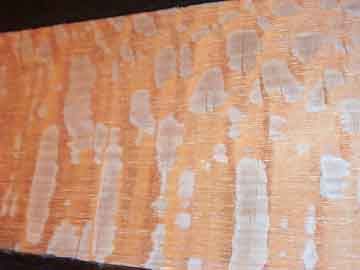
Lacewood has VERY strong rays and thus the most prominent flakes of any wood I am familiar with, but even for lacewood, the flakes in this board are amazing.
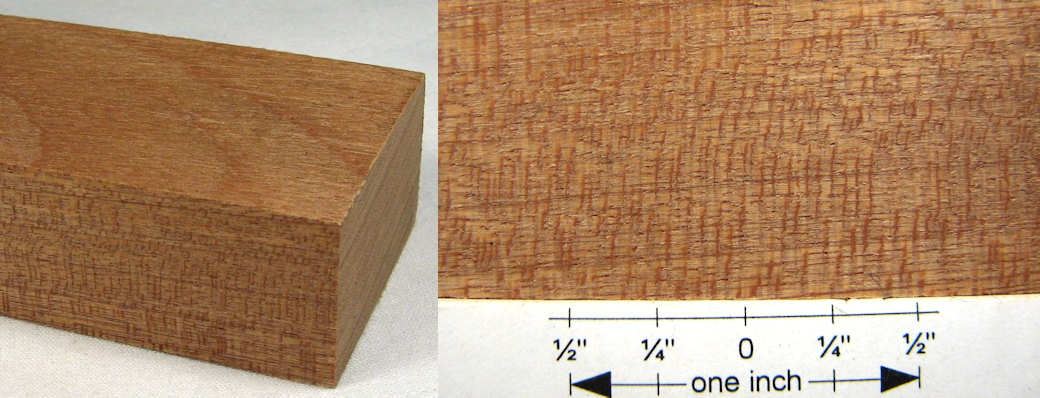
small flat cut sapele plank showing side grain (which is, of course, quartersawn) and a closeup --- this is an excellent example of very small, but very clear, ray flakes.
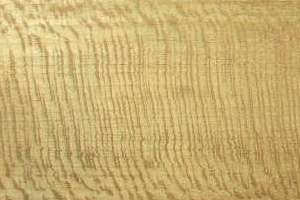
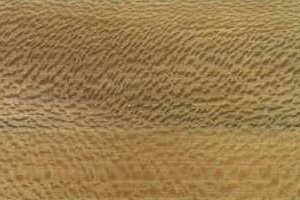
sycamore --- the first pic shows the kind of exceptionally long flakes that you can get in a perfectly quartersawn surface and the 2nd shows smaller flakes from a surface that is not perfectly quartersawn.
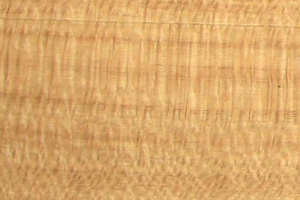

silky oak --- the first pic shows the kind of exceptionally long flakes that you can get in a perfectly quartersawn surface and the 2nd shows rift cut silky oak with the ray flakes showing as little ovals
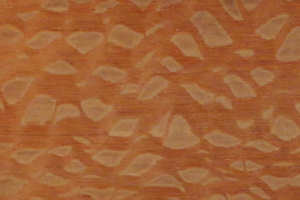
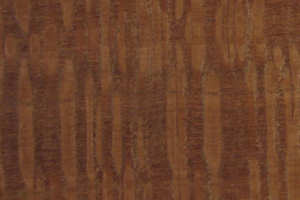
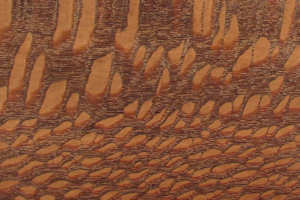
Australian lacewood, Brazilian lacewood, and leopardwood
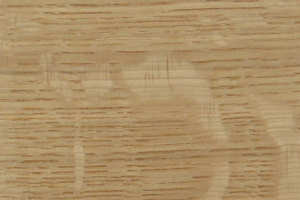
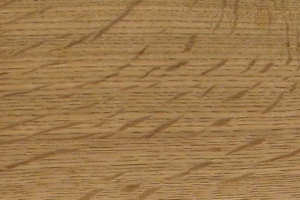
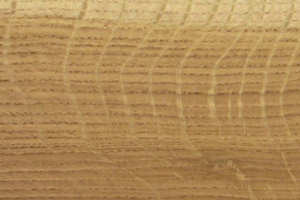
White oak, white oak, and burr oak. The first piece of white oak is perfectly quartersawn and the flakes are fat but in the second piece of white oak it is not perfectly quartersawn so the rays are thinner.
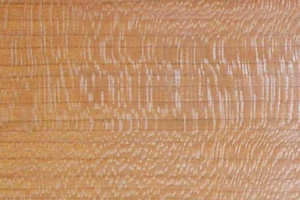


American black cherry, beech, and birch
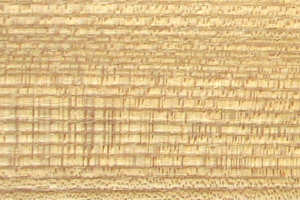
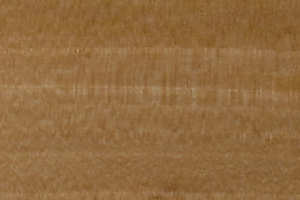
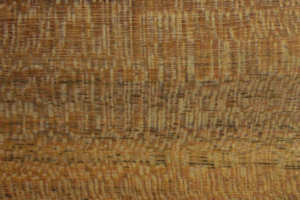
black ash, black hawthorn, and bocote
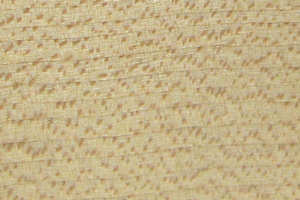
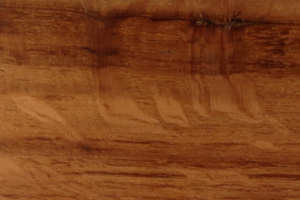

hard maple, sheoak, and teak
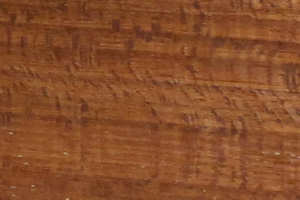
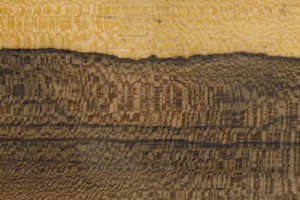
wawabima and zircote
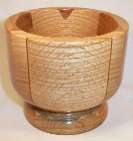
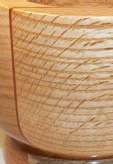
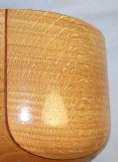
A bowl made mostly of rift cut red oak that provides outstanding examples of (1) how rift cut can product attractive partial ray patterns, and (2) how ray patterns shift as you move the wood in the light (known as chatoyancy. Click on either of the detailed pics to get an enlarged pair. You have to look only for a moment to realize that these are pics of the same piece but taken from different angles and that the ray pattern that is dark colored in the first pic is light colored in the second pic, showing the full range of color change that occurs in ray figuring.
Also note how the oak itself changes color quite a bit between the two pics. That is not always as pronounced as in this case and that's because this is actually compression wood. That has nothing to do with the ray patterns, but it does mean that the wood is considerably more dense than normal oak and therefore has a higher surface luster, which in turn leads to the more prominent changes in coloration with movement in the light. Red oak is a very porus wood and plain cut red oak normally has very low surface luster, but crotches and other compression wood (particularly when quartersawn) can have a moderate luster as you see here. This is all hightened by the polyurethane finish.

























